Designing a Seamless Printcart Client Experience: UX–UI Strategies for Print Businesses
Learn how to optimize your Web2Print customer experience using Printcart and WooCommerce. This complete guide covers upload UX, safe zone warnings, mobile layout, preview settings, A/B testing ideas, and real-world print store tips to boost conversions and reduce order errors.
- By David Printcart
- 94 views
- 0 reply

David Printcart
This quote has stayed with me throughout my journey—especially as I built Printcart from the ground u "What doesn’t kill you makes you stronger."
This quote has stayed with me throughout my journey—especially as I built Printcart from the ground up.
I'm David, CEO of Printcart, a division of Netbase JSC, and I’ve dedicated the past 15 years to transforming the Web-to-Print and Print-on-Demand (POD) industry. My goal from the beginning has been clear: to help printing businesses around the world scale through automation, personalization, and smart technology.
Before Printcart, I spent years consulting and launching web-to-print platforms for printers of all sizes—from local shops to global enterprises. That experience taught me to ask the right questions:
How can we reduce manual steps for printers and let them focus on growth?
What tools do customers need to personalize and place their orders effortlessly?
How can we make the Web2Print journey smoother, faster, and more profitable?
At Printcart, we combine AI, cloud-based automation, and a plug-and-play customization engine to bring that vision to life. But more than features, we care about outcomes—helping our clients deliver better user experiences, close more deals, and scale sustainably.
I’m always open to new ideas and feedback from the community. If you’re exploring how to evolve your print business or launch a new eCommerce venture with Web2Print capabilities, feel free to connect directly.
Let’s talk growth.
Email: project@printcart.com
My WhatsApp: +84937869689 ...
Related Post
The Advent of Printing: The Stone to Paper Journey Understanding the evolution of printing methods can unlock a treasure trove of historical knowledge. For centuries, the world relied on painstaking...
Soaring Beyond Generic Promotional Products Frustrated by standing out in a sea of promotional products? You’re not alone. In todays saturated market, businesses struggle to differentiate their offerings. Personalization is...
The Impact of Ecommerce on Home and Garden Industry What if you could transform your home and garden ecommerce business into a blooming success? Consumers are increasingly seeking guidance on...
Other Usefull Contents
You can see many success stories from our customers, and you may be one of them in the future
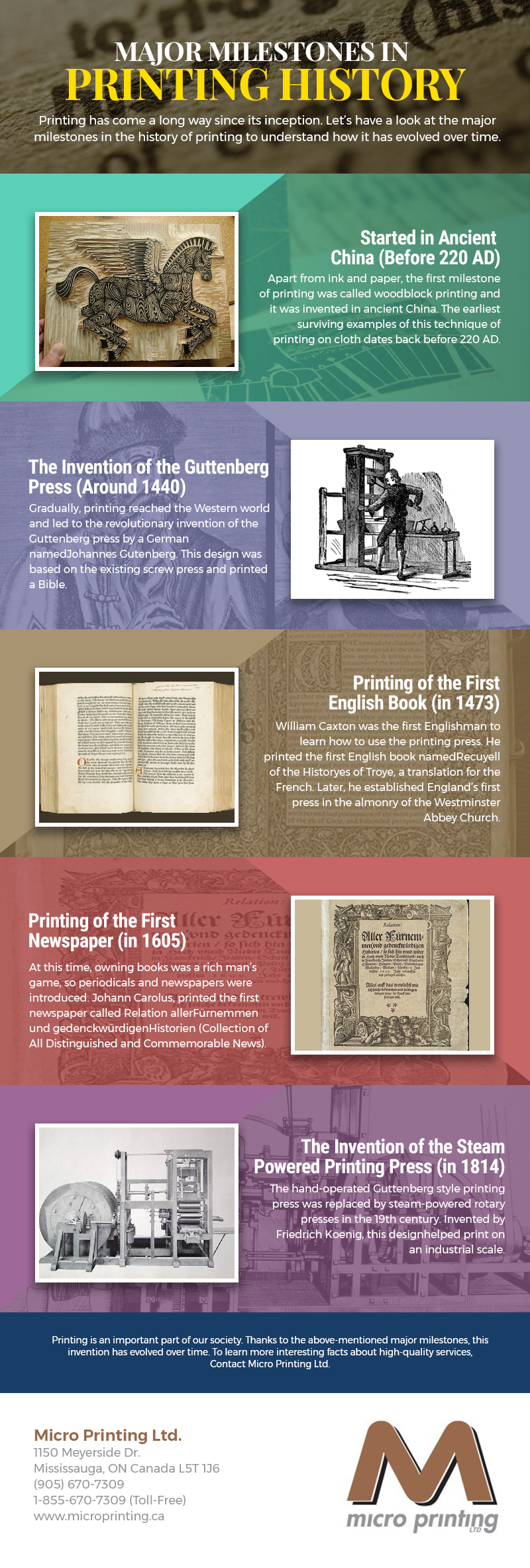
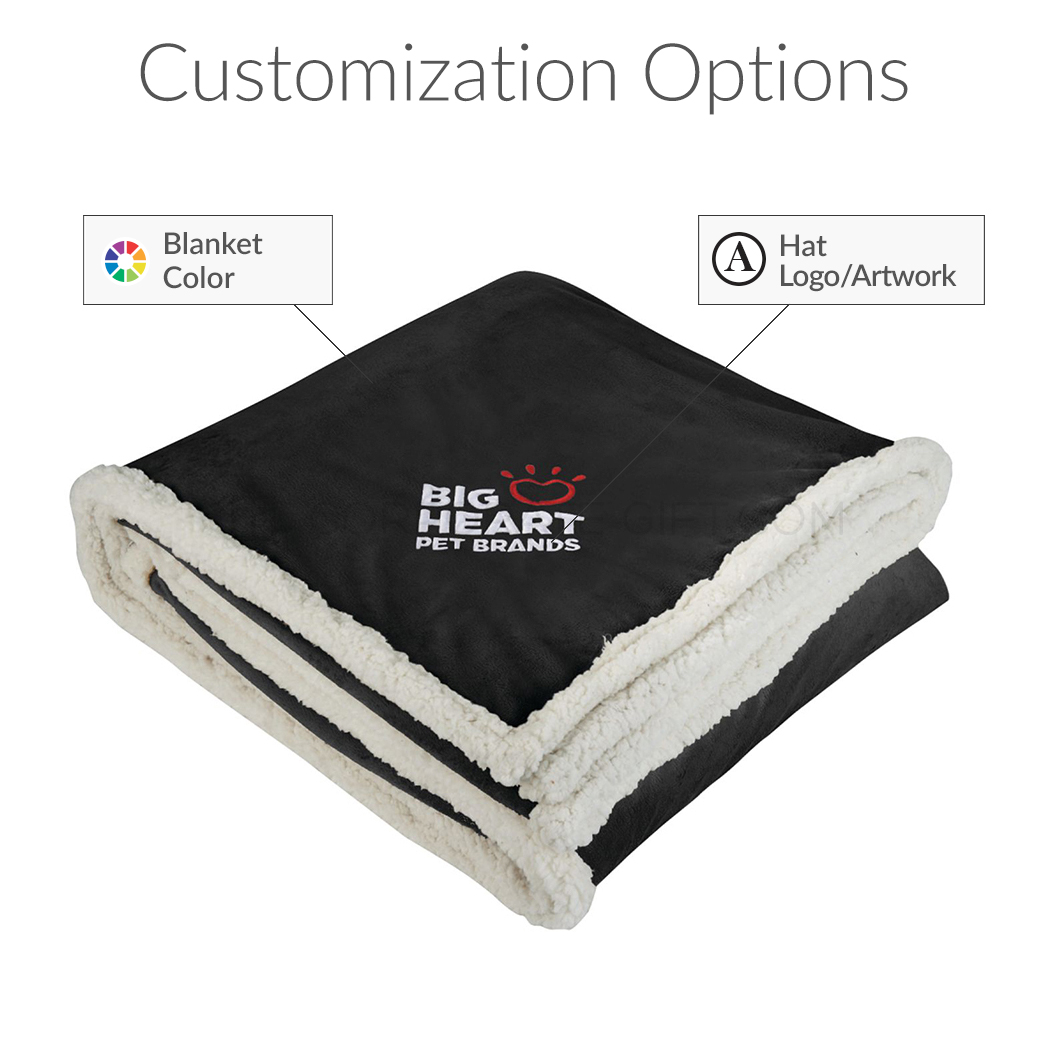
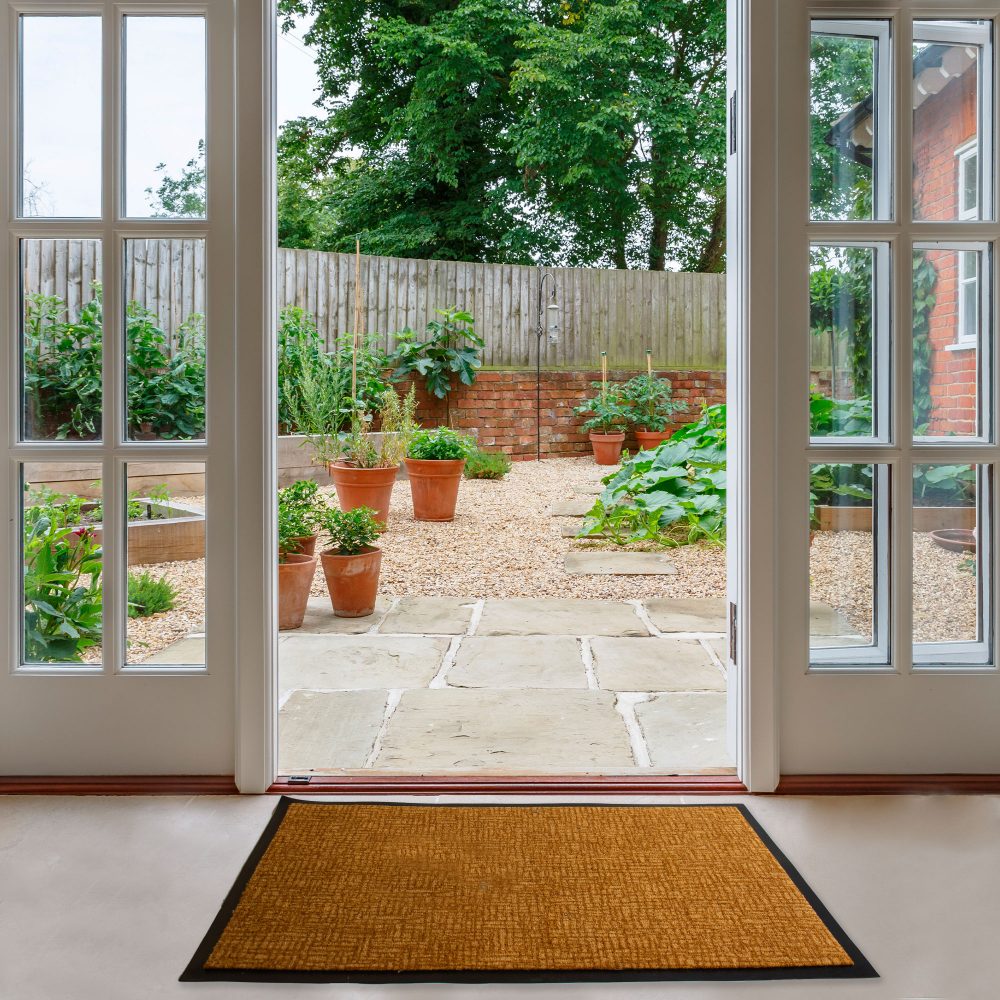



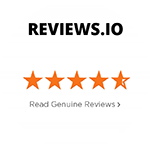

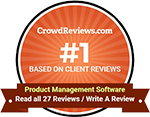



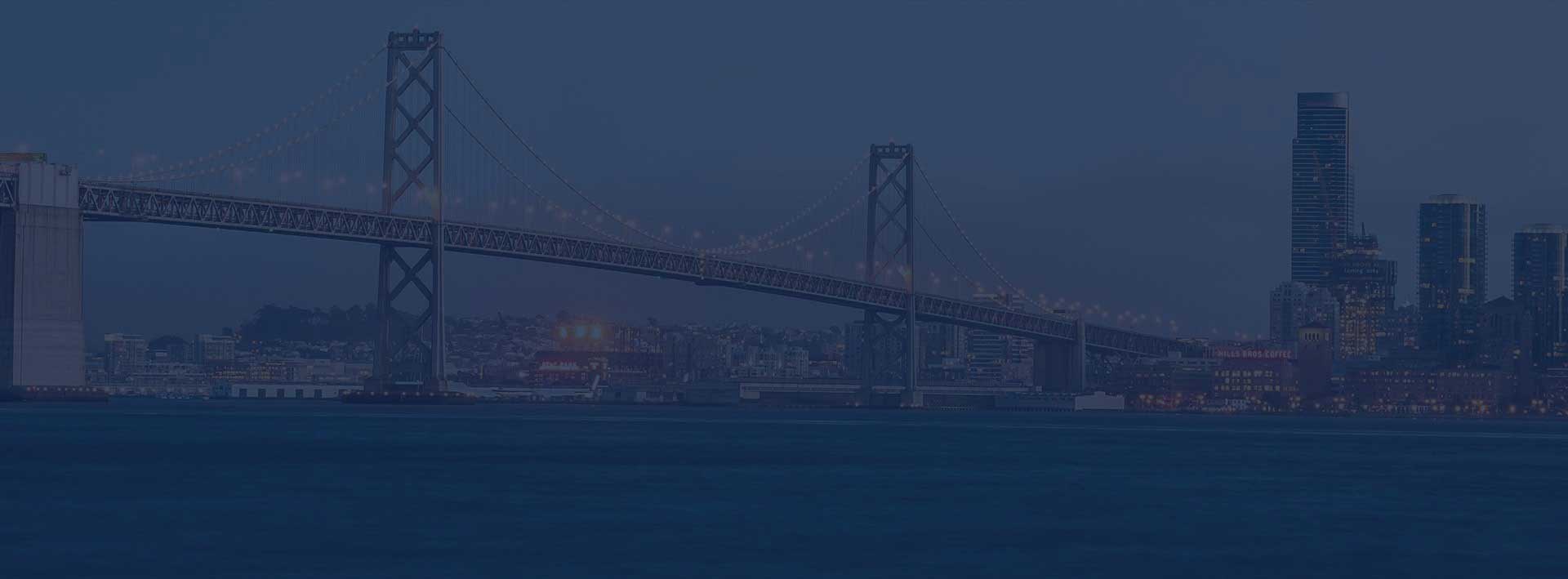
Introduction: Why Great UX–UI Matters for Your Print-on-Demand Website
A beautiful storefront won’t fix a broken user journey. In Web2Print environments, a customer’s first impression is not just your homepage or your logo—it’s how easy it is for them to upload their design, preview it, and feel confident before checkout. And yet, most printing websites still treat UX as an afterthought.
For printing businesses using WooCommerce and Printcart, customer experience is everything. You’re not just selling a product—you’re helping someone create a one-of-a-kind item. Whether they’re uploading wedding invitations, designing signage, or personalizing T-shirts, the clarity of your upload process, the responsiveness of your designer, and the structure of your checkout flow all impact conversion, reviews, and reprint risk.
UX = ROI: Why UX–UI Impacts Print Business Growth
Higher conversions: A smooth design-to-cart experience encourages customers to complete orders
Fewer errors: Clear DPI, file format, and safe zone guidance = less reprint cost and disputes
Better retention: If a user saves their design or uploads from Instagram, they’re more likely to return
Lower support load: Well-designed UX reduces "how do I upload?" or "why is my design blurry?" tickets
According to a 2024 UX benchmark from Baymard Institute:
What This Tutorial Will Help You Do
Whether you're a print shop owner, B2B supplier, or POD startup, this guide will help you:
Set proper upload rules to reduce failed orders
Create mobile-optimized product and editor flows
Guide users through design preview and file validation
Leverage Printcart features to improve clarity and speed
Track UX performance with A/B testing and behavior tools
This tutorial is designed to give you actionable steps that improve client-facing UX–UI inside your Printcart + WooCommerce environment—so you can scale with fewer headaches and more repeat buyers.
Let’s map the customer journey together.
Get Started with Printcart UX Tools | Plugin Overview on WordPress.org
Mapping the Web2Print Customer Journey in WooCommerce + Printcart
Before you can improve user experience, you need to see your store through your customer's eyes. From the moment they land on a product page to the point they receive a confirmation email, every interaction is part of the user journey—and every friction point is a potential lost sale.
In a Web2Print setup powered by Printcart and WooCommerce, the customer journey includes:
Discovering the right customizable product
Understanding how to personalize it
Uploading or designing artwork
Reviewing previews and validation warnings
Adding the item to cart and checking out smoothly
Receiving follow-ups, confirmation, and order tracking access
The 5 Phases of the Printcart Client Journey
1. Discovery (Browsing product catalog)
Clear navigation, niche categories, and preview thumbnails are crucial
Feature filters like size, material, and finish help B2B buyers
2. Configuration (Selecting product options + personalization type)
Avoid overwhelming users—progressive disclosure helps
Use microcopy or tooltips to explain design/upload paths
3. Creation or Upload (Using the designer or uploading print-ready files)
Load time, image quality, and allowed file formats matter most here
Clear DPI, resolution, and safe zone warnings prevent future disputes
4. Preview and Review (Validating before cart)
Printcart’s preview-in-cart and editable design tools are key here
Users want visual confirmation that their design “worked”
5. Checkout + Post-Order
Add confidence by including design thumbnails in cart & confirmation emails
Direct users to saved galleries, order tracking, and reordering flows
Where Most Stores Lose Customers
According to Printcart support data (Q1 2025):
28% of design abandons happen due to slow load or preview errors
18% of cart drops are caused by lack of visual confirmation
11% of support tickets are caused by customers not understanding where to upload or edit
In the next section, we’ll break down how to optimize one of the most overlooked conversion blockers: the upload experience—from file types and resolution to preview settings.
UX Journey Mapping Guide | Assigning Key UX Pages
Designing the Upload Experience: File Types, DPI, and Print-Ready Settings
The upload step is one of the most frequent drop-off points in the Web2Print journey—and one of the most fixable. If customers don’t understand what file types to use, why their image looks blurry, or why upload fails, they lose trust. Great UX at this stage is about clarity, not just capability.
What File Types Should You Allow?
In Printcart, go to PC Designer > Settings > Upload to define accepted file types. Default recommended formats:
JPG, PNG – For simple photo prints or personalized gifts
PDF, SVG – For high-quality vector art and scalable graphics
EPS, AI – For professional printing (logos, layered designs)
Set DPI and Max File Size for Quality + Speed
Under the same upload settings:
Minimum DPI: Set to 150 or 300. Lower DPI = blurry prints
Max Upload Size: 20MB is ideal for fast uploads but still high-res
Preview Image Size: Set to “medium” for balance between speed and clarity
According to Printcart analytics:
Orders with file DPI < 150 are 3.2x more likely to be refunded due to print quality complaints
How to Prevent Upload Failures
Customers often get frustrated when uploads fail without clear reasons. Here’s how to fix that:
Show allowed file types and size limits near the upload button
Enable tooltip with "Why did my file fail?" guidance
Use Printcart’s error messages to show exact issue: wrong format, file too large, unsupported DPI
Use Product-Based Upload Rules
Need different upload rules for different items (e.g., brochures vs. mugs)? Printcart lets you apply upload restrictions per product using advanced settings. For example:
Business cards → Only PDF or AI, 300 DPI minimum
Photo mugs → JPG/PNG, 150 DPI minimum
Preview Responsiveness & Speed Optimization
Customers hate waiting. Optimize this step by:
Keeping preview image size to medium or large (not original)
Removing large layered PSDs from upload options
Testing upload time on 3G/mobile connections
FAQ Summary for Upload Settings
Why does upload fail? File type, size, or DPI may not match settings
What DPI is best? 300 for business cards, 150 for gifts
Can I allow PSD? Not recommended—heavy and non-print-ready
Can I change settings per product? Yes, under each product’s designer settings
In the next section, we’ll fix a major cause of broken flows: missing or misassigned pages that power Printcart’s gallery, upload form, and editor.
Printcart Upload Settings Guide | Guide to Prevent Low-Res Uploads
Fixing Missing Pages and 404 Errors in the Printcart Workflow
You’ve set up your products, enabled the designer, and configured uploads—but customers still report errors like “Editor not loading” or “Gallery page missing.” The problem isn’t the plugin—it’s usually that required Printcart pages aren’t assigned properly.
A smooth Web2Print experience depends on all core pages being functional and connected.
Required Pages for Full Printcart Functionality
To avoid broken flows or blank screens, you must assign the following pages:
Designer – Powers the full-screen editor for product customization
Upload File – For customers who want to submit pre-designed artwork
Gallery – Displays saved designs for logged-in users
My Account – Enables saving, design tracking, reorders
Quote History – Required for managing quote submissions and approvals
How to Assign Pages in Printcart
Go to WP Admin > PC Designer > Settings
Scroll to the Pages section
Assign a WordPress page for each required function
Click Save Changes
Smart Page Naming & Navigation
You can rename these pages in your WordPress menu—just keep the shortcode inside
You can also hide them from navigation if they’re only accessed from buttons or links (e.g., the gallery inside My Account)
Common Errors and How to Fix Them
Designer page shows 404 → Not assigned or deleted; recreate it via Tools
Gallery not accessible → Ensure user is logged in and page is assigned
Upload option missing → Check if “Upload” is enabled in the product design settings
FAQs on Page Setup
Can I change page URLs? Yes, just don’t remove the Printcart shortcode
Can I use my own layout? Yes, wrap the shortcode inside your builder or template
Are these pages required in upload-only mode? Yes, especially for tracking, gallery, and design saving
Avoid Support Headaches
Assigning these pages correctly helps:
Enable saved designs and reorder flows
Display quote approvals to logged-in clients
Prevent dead-end UX flows in the editor and cart
In the next section, we’ll explore how to enhance your client experience even more by using Printcart’s toggle-based UX features like preview thumbnails, save design, and smart alerts.
Printcart Page Setup Guide | Printcart Shortcodes Reference
Using Printcart UX Toggles to Enhance the Client Experience
Printcart is packed with feature toggles—powerful UX controls that affect how your customers interact with the design editor, upload interface, cart, and even your support team. But many store owners don’t realize these settings exist, or leave them off by default, missing key opportunities to reduce friction and improve trust.
Let’s break down the most impactful toggle-based UX settings in PC Designer > Settings > General / Output / Upload and how they affect your buyers.
Enable Preview Image in Cart
Adds a thumbnail preview of the customer’s design to the cart and checkout pages.
✅ Increases buyer confidence
✅ Reduces cart abandonment
✅ Decreases “Did my design get saved?” support tickets
Enable Save Design (Requires My Account)
Lets logged-in users save and revisit their design later.
Great for B2B repeat orders or high-value artwork
Works with the Gallery and My Account page assignments
Enable Upload from Facebook/Instagram
Allows users to fetch images directly from their social accounts.
Ideal for photo-heavy products like mugs, canvases, or photobooks
Requires OAuth login from the user
Auto Export Design to PDF
Automatically generates a print-ready PDF after order confirmation.
Files are pushed to your chosen delivery method (email, Dropbox, FTP)
Best used with Premium automation + file sync
Enable Warning if Design Outside Safe Zone
Flags designs that extend beyond trim or safety margins.
Prevents misprints and customer blame
Displayed inside the editor as real-time feedback
Enable Low-Resolution Warning
Alerts users before checkout if uploaded images are too blurry or below DPI threshold.
Reduces reprints
Helps protect your reputation for quality
Enable Snap to Grid
Helps users align text and design elements more precisely.
Makes the editor easier to use for non-designers
Reduces "crooked logo" complaints from clients
Enable Font Upload
Allows customers to bring their own brand fonts into the designer.
Ideal for B2B, agencies, or franchise orders
Ensure licensing compliance is clearly explained
Enable Image Filters
Lets users apply Instagram-like filters directly inside the designer tool.
Increases creativity for personal projects
Adds fun factor for gift products and consumer items
Best Practices for Toggle Setup
Enable one feature at a time and test how it affects file export and order flow
Add help text or tooltips next to advanced features using the Custom Language editor
Watch user behavior with session recordings or live chat monitoring
In the next section, we’ll explore how to tailor this experience even further for mobile users—where most of your new customers will land first.
Printcart UX Feature List | Auto Export + Delivery Automation
Optimizing Mobile Experience for Personalized Product Design
More than half of ecommerce traffic now comes from mobile devices—and print stores are no exception. If your online designer or upload flow doesn’t work well on a phone, you’re losing sales. Optimizing for mobile UX isn’t just about screen size; it’s about speed, touch usability, and simplifying complex decisions.
Why Mobile UX is Critical for Printcart Stores
62% of print-on-demand traffic in 2024 originated from smartphones (Source: Print UX Index)
Cart abandonment is 29% higher when the design interface fails to scale on mobile
Mobile-friendly editors lead to 40% more completed uploads compared to desktop-only flows
Key Mobile UX Pain Points (and Fixes)
1. Slow load times
Optimize preview image size (set to medium)
Disable large font/image libraries not needed for mobile
Use lazy loading for cliparts/templates
2. Hard-to-use touch elements
Enlarge tap areas for buttons and tools
Ensure all font tools and color pickers are thumb-friendly
Avoid placing critical actions too close to device edges
3. Confusing layout or visual overload
Hide advanced settings by default and collapse into accordions
Use step-by-step workflows rather than all-in-one screen
Mobile Upload Best Practices
Use large, clearly labeled upload buttons
Pre-load common format icons (JPG, PNG, PDF) near uploader for guidance
Display DPI/resolution requirements in plain text
Cart & Checkout Enhancements for Mobile
Enable preview image in cart to reassure mobile users
Compress gallery thumbnails for speed
Use sticky buttons like “Save Design” or “Continue to Checkout” on scroll
Mobile-Optimized Designer Layout Tips
Show only essential tools by default
Collapse advanced features into swipeable tabs or menus
Offer one-click access to "Zoom In", "Undo", and "Save"
Tools to Test Mobile UX
Google Chrome DevTools (Device Toolbar)
Hotjar or Microsoft Clarity session recordings
PageSpeed Insights for mobile performance audit
In the next section, we’ll explore how to improve the desktop Online Designer interface for non-designers—especially those who feel overwhelmed by too many icons and features.
Mobile Optimization Guide | Printcart Device Compatibility Reference
Improving the Online Designer UI for Non-Designers
Not every customer is a graphic artist—and in print ecommerce, many are first-time users designing wedding cards, signage, or promotional items. A cluttered or complex Online Designer UI can cause frustration, poor designs, or abandoned carts. Your interface should empower non-designers to succeed, not overwhelm them.
What Makes a Print-Friendly Designer for Casual Users?
A great designer UI for the average print customer should:
Be clean and distraction-free
Offer obvious steps for upload, text, and layout edits
Reduce cognitive load by hiding advanced tools unless needed
Layout Tips for Better User Orientation
Use a left-side vertical toolbar for primary actions (add image, text, shape)
Show a step indicator or numbered tabs for first-time users
Highlight the "Start Here" or "Upload Design" button with bold color
Smart Defaults for a Cleaner UI
Hide design layers by default unless user toggles them on
Collapse font style and color tools into dropdowns
Show only one canvas at a time (e.g., front only) unless back is clicked
Use Language That Guides, Not Confuses
Replace technical terms with real-world phrasing (e.g., “Upload Image” vs “Raster Layer”)
Customize tooltips and labels with Custom Language Editor
Add icons next to buttons to enhance recognition for non-English speakers
Visual Cues + Tooltips Make a Big Difference
Add hover tooltips to buttons like "Undo", "Zoom", "Align"
Use dotted-line safe zones and highlight them only when content is outside margin
Show preview thumbnail next to the “Save Design” and “Add to Cart” buttons
Avoid These UX Pitfalls
Don’t overload users with font choices or cliparts
Don’t show both sides of a product at once unless necessary
Don’t auto-enable advanced features like "Layers", "Filters", or "Custom Fonts" for novice segments
In the next section, we’ll build on this foundation and cover how to prevent mistakes with real-time alerts, warnings, and alignment tools.
Customize Your Designer Layout | Language & Tooltip Customization
Preventing Print Mistakes with Smart UX Warnings
One of the most powerful ways to improve the customer experience—and reduce refund-worthy errors—is to embed real-time visual feedback directly into the design workflow. Printcart includes a variety of UX warning tools that help non-designers catch problems early, before files hit production.
Why Smart Warnings Matter in Web2Print UX
Prevents misprints, alignment issues, and blurry output
Reduces support tickets and complaints
Builds trust and accountability into your ordering flow
Enable Warning if Design is Outside the Safe Zone
Go to PC Designer > Settings > Output and toggle Warning Outside Safe Zone.
Printcart will highlight objects placed too close to trim edges
Real-time overlays (dotted lines) show the safe design area
Helps users reposition content before submitting
Enable Low-Resolution Image Warning
Automatically checks DPI of uploaded images
Alerts users if the resolution is below your threshold (e.g., 150 DPI)
Prevents pixelated or blurry printouts
Enable Snap to Grid for Better Layout Control
Assists users in aligning elements evenly and precisely
Makes non-designers feel more confident about spacing and balance
Especially useful for business cards, flyers, and ID badges
Optional Alerts You Can Customize
Text Overflow Alerts – Warn users if text is getting cut off
Font Licensing Notices – Use tooltips to guide commercial-use decisions
Layer Limit Warnings – Restrict complex file structures for simpler print output
How to Educate Users Without Annoying Them
Show warnings in real-time (non-blocking alerts)
Use color-coded tooltips instead of popups
Add “More Info” links to open short help guides or tooltips
Best Practices for Alert Design
Keep alert text short and plain-language
Use red or orange outlines sparingly (only for critical issues)
Use hover-to-explain tooltips for technical alerts (e.g., DPI, vector mismatch)
In the next section, we’ll cover how to continuously improve your UX using A/B tests and behavior analytics to uncover what really moves the needle.
Safe Zone & DPI Settings Guide | Printcart Warning Tools Reference
A/B Testing Ideas to Improve Web2Print User Experience
Once your Printcart store is live and functioning, the next step is optimizing it through data—not guesswork. A/B testing lets you compare different UX–UI elements to see what actually drives engagement, conversions, and customer satisfaction.
Why A/B Testing is Critical for UX Growth
Understand what changes improve file quality and order completion
Validate whether new UI features (like cart previews or upload instructions) actually help
Identify weak points in the customer journey across product types or devices
What to Test in Your Printcart UX
1. Upload Flow Variations
Compare “Start from Template” vs “Upload Your Own Design” as default options
Test placing upload button above vs below product options
Try one-step upload vs. step-by-step upload wizard
2. Cart Preview Behavior
Thumbnail design preview ON vs OFF in cart
Placement of preview: inline vs side modal
3. Designer Layout Options
Hide advanced tools by default vs show all
Vertical vs horizontal toolbar
Step-by-step wizard vs tabbed interface
4. Tooltip & Instruction Clarity
Icon-only buttons vs icon + label
Static instructions vs tooltips
Microcopy variation: "Design Area" vs "Printable Zone"
5. Resolution or DPI Warnings
Soft warning (inline text) vs hard block (cannot proceed)
Different wording: “Low-resolution image” vs “This image may print blurry”
Metrics to Track
Conversion rate per product type
Order abandonment during design step
Support tickets related to upload or preview errors
Reprint rate by file quality
Segment Tests by Buyer Persona
B2B client vs individual consumer
Mobile vs desktop users
Upload-first vs design-from-template workflows
How to Act on the Data
Don’t just chase statistical significance—look for patterns
Combine session recordings (Hotjar, Clarity) with A/B data
Use findings to adjust product page layout, designer configuration, and onboarding tutorials
In the final section, we’ll wrap up with a full checklist you can apply to your Printcart store for better UX and fewer fulfillment headaches.
Behavior Analytics in Print UX | Plugin Testing & Experimentation Tools
Conclusion + UX Optimization Checklist for Printcart Stores
Great UX–UI isn’t about being flashy—it’s about being functional, fast, and friction-free. In a Web2Print environment, that means helping customers upload correctly, personalize confidently, preview accurately, and order without hesitation.
From file upload clarity to mobile optimization, you now have the tools to improve every step of the Printcart customer journey.
Final Takeaways
Treat non-designers as your primary user: simplify, guide, reassure
Use Printcart toggles to enhance—not overwhelm—the experience
Don’t skip mobile. Optimize layout, tap zones, and file speed for smartphones
Embed smart warnings to reduce refunds and production delays
Measure what matters with A/B tests and behavior tracking
Complete UX–UI Checklist for Printcart Store Owners
✅ Assign all required Printcart pages (Designer, Gallery, Upload, My Account)
✅ Set allowed file types, max size, and minimum DPI
✅ Turn on preview thumbnails in cart
✅ Enable safe zone and resolution warnings
✅ Test upload + designer layout on mobile devices
✅ Show tooltips or helper text next to all major inputs
✅ Simplify default designer layout for non-professional users
✅ Sync Save Design, Gallery, and My Account flow
✅ Use Snap-to-Grid and alignment tools for layout help
✅ Monitor abandonment and support tickets weekly
✅ Run A/B tests on design flow, preview visibility, and mobile UI
✅ Customize language labels for clarity and localization
Next Steps
If you’re struggling with a complex Web2Print workflow—or just want expert feedback on your setup—our team can help.
Explore additional tutorials, integration guides, and design setup help in the Printcart Community.
Your store is more than a product catalog—it's a creative workspace. The smoother that workspace feels, the more orders your customers will complete.
Let’s build the kind of design experience your customers will love—and come back to.
— The Printcart Team
David Printcart
This quote has stayed with me throughout my journey—especially as I built Printcart from the ground up.
I'm David, CEO of Printcart, a division of Netbase JSC, and I’ve dedicated the past 15 years to transforming the Web-to-Print and Print-on-Demand (POD) industry. My goal from the beginning has been clear: to help printing businesses around the world scale through automation, personalization, and smart technology.
Before Printcart, I spent years consulting and launching web-to-print platforms for printers of all sizes—from local shops to global enterprises. That experience taught me to ask the right questions:
How can we reduce manual steps for printers and let them focus on growth?
What tools do customers need to personalize and place their orders effortlessly?
How can we make the Web2Print journey smoother, faster, and more profitable?
At Printcart, we combine AI, cloud-based automation, and a plug-and-play customization engine to bring that vision to life. But more than features, we care about outcomes—helping our clients deliver better user experiences, close more deals, and scale sustainably.
I’m always open to new ideas and feedback from the community. If you’re exploring how to evolve your print business or launch a new eCommerce venture with Web2Print capabilities, feel free to connect directly.
Let’s talk growth.
Email: project@printcart.com
My WhatsApp: +84937869689